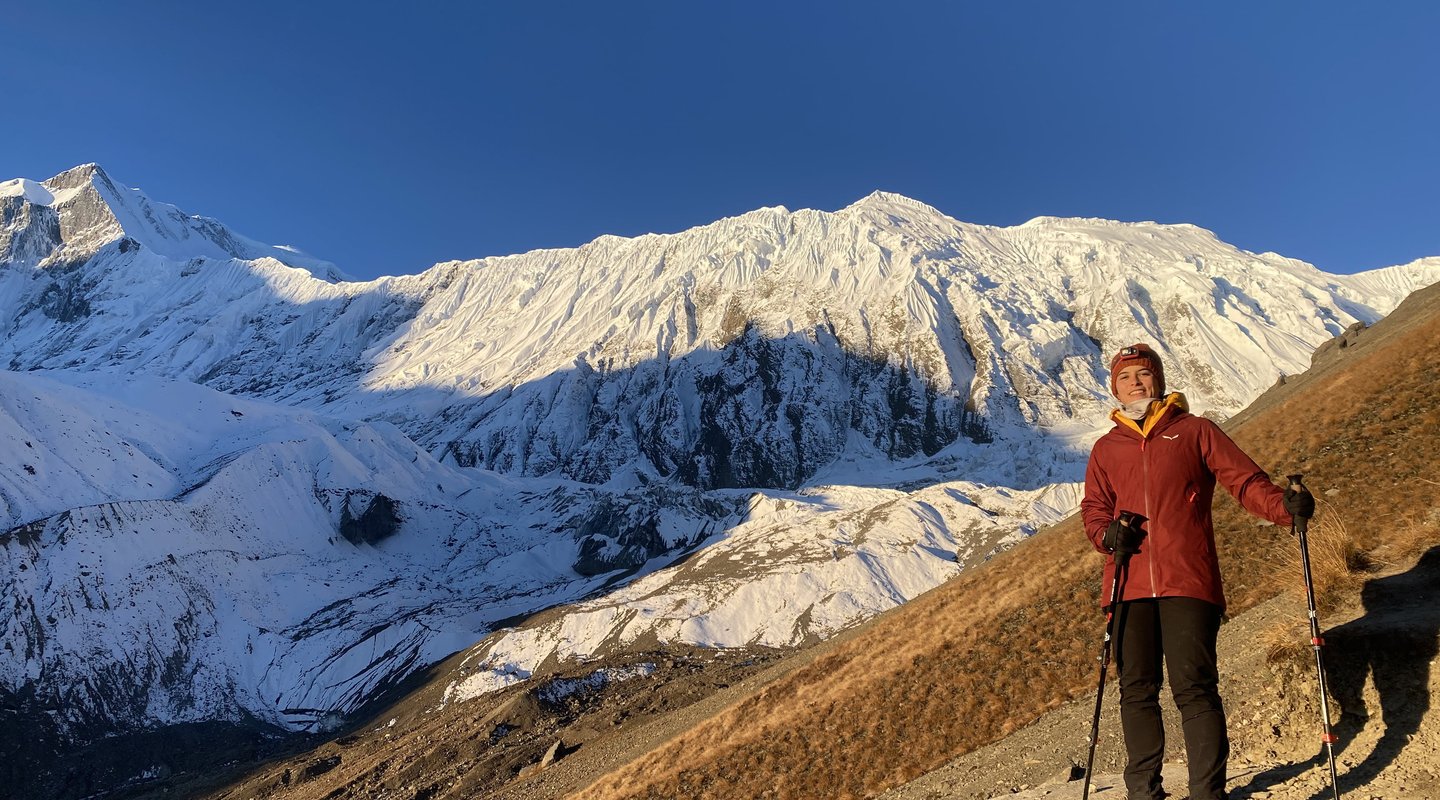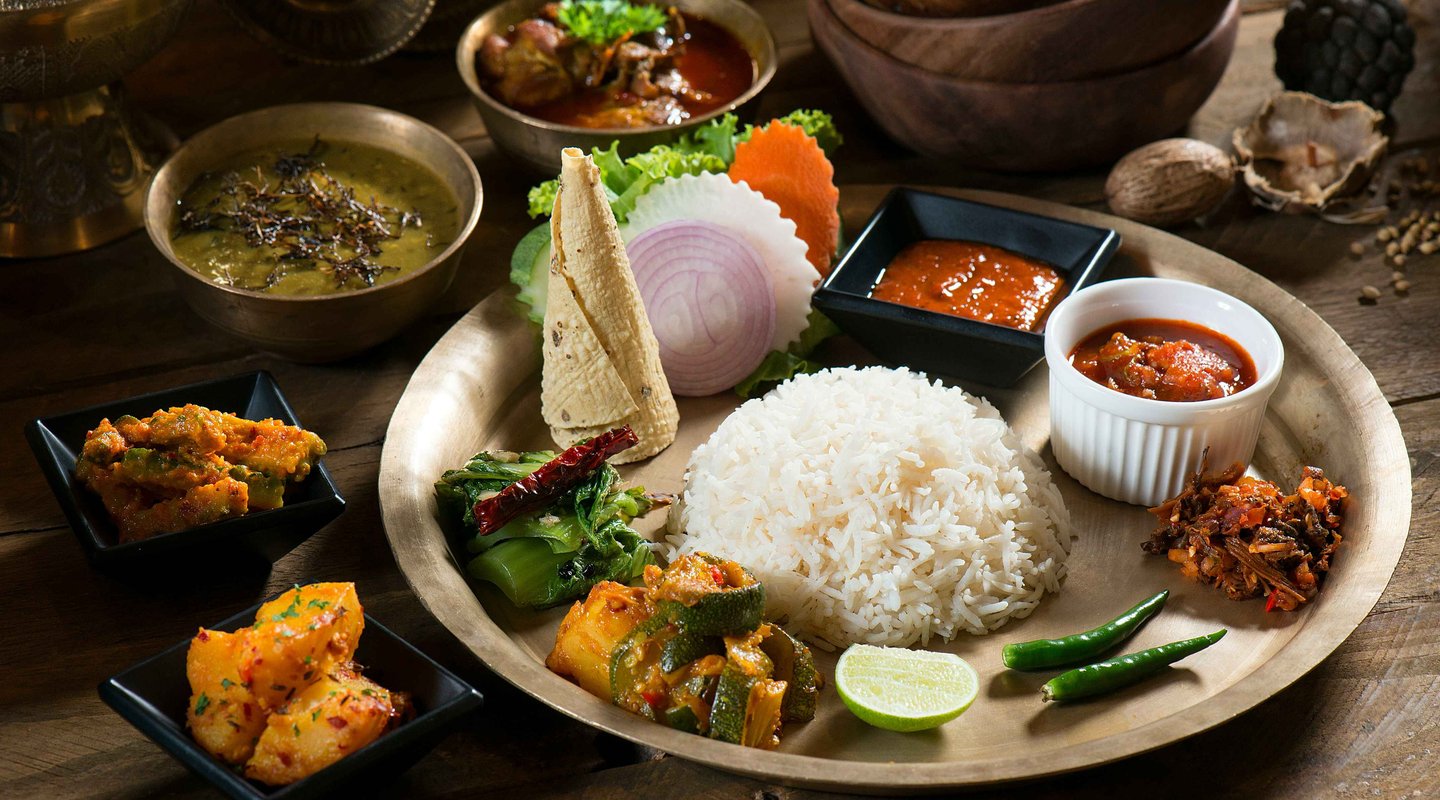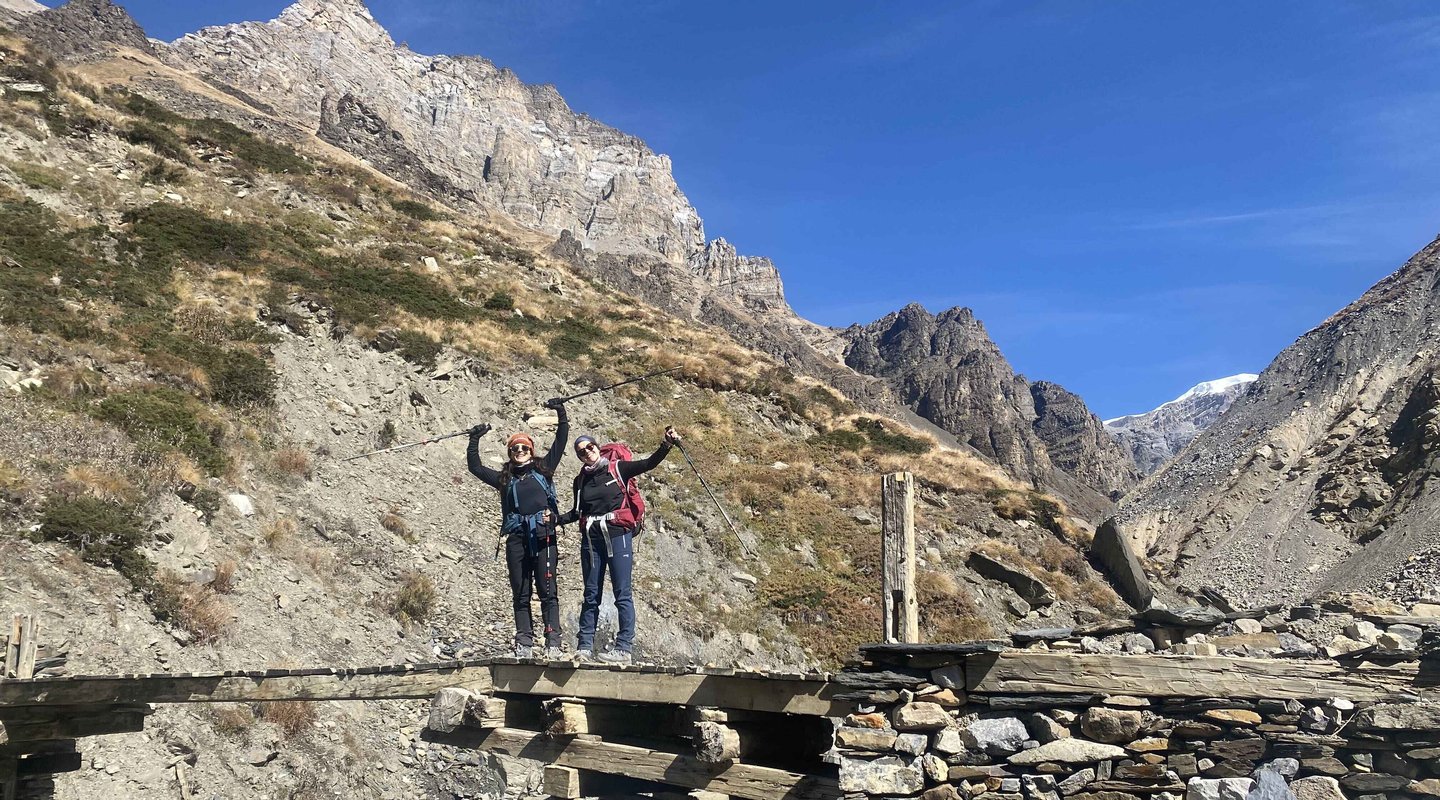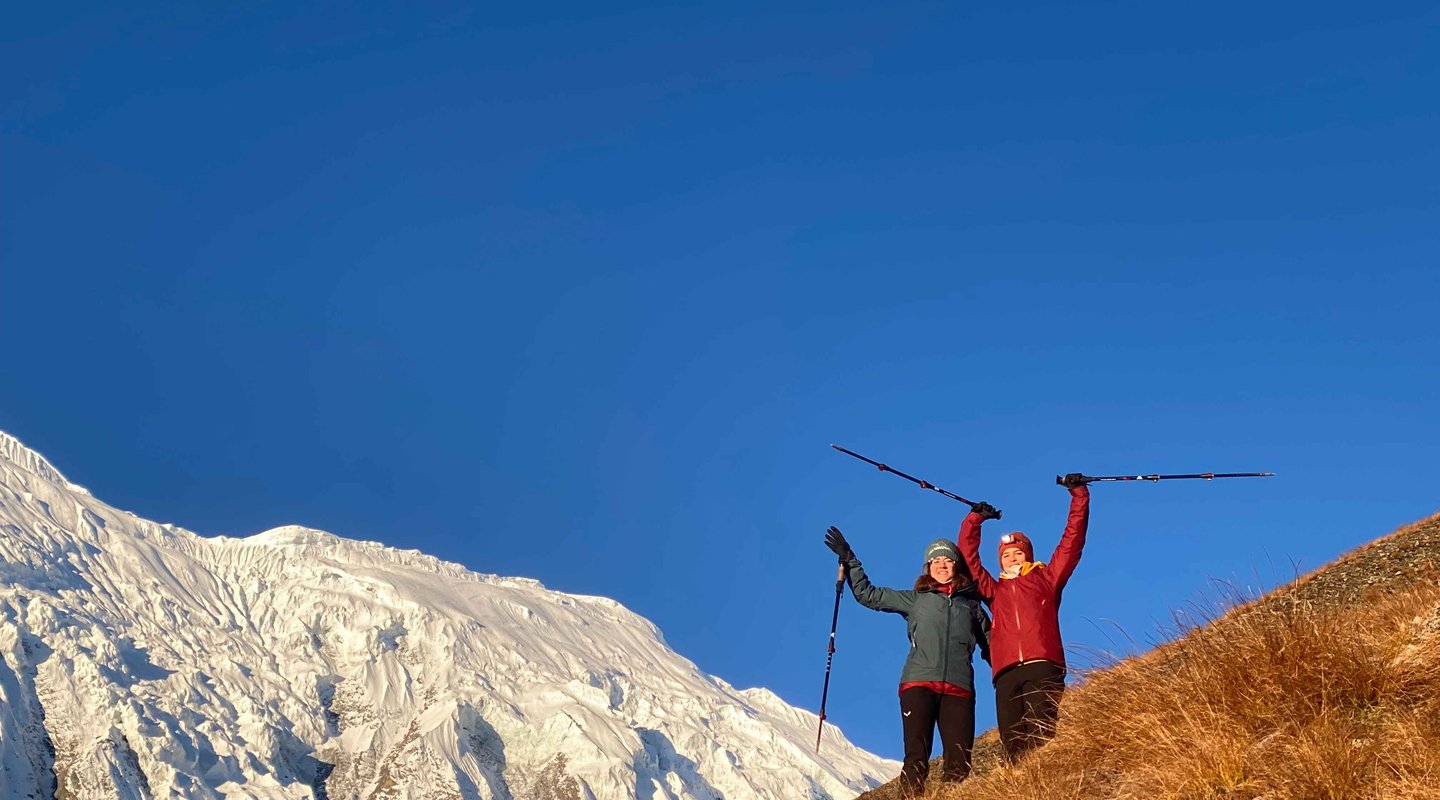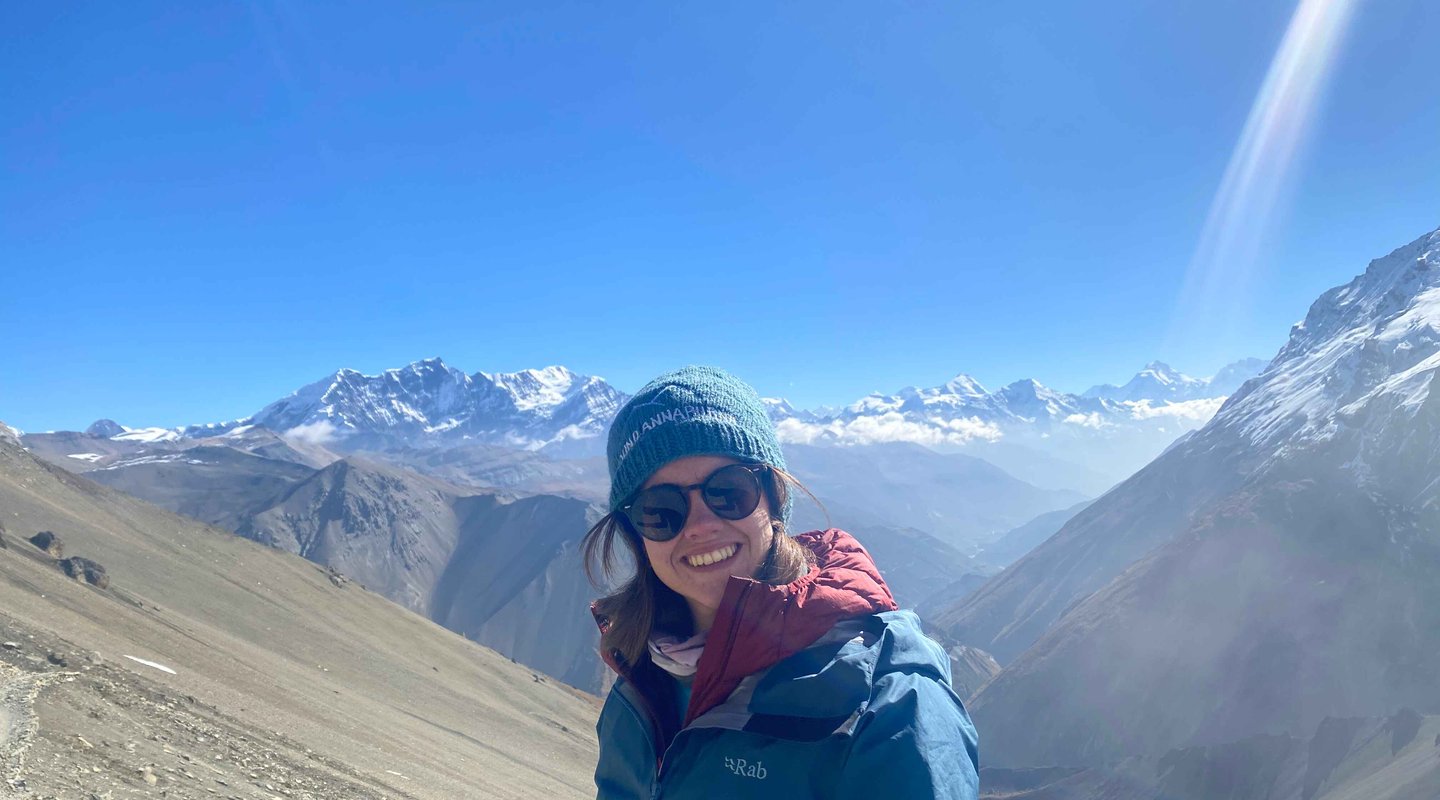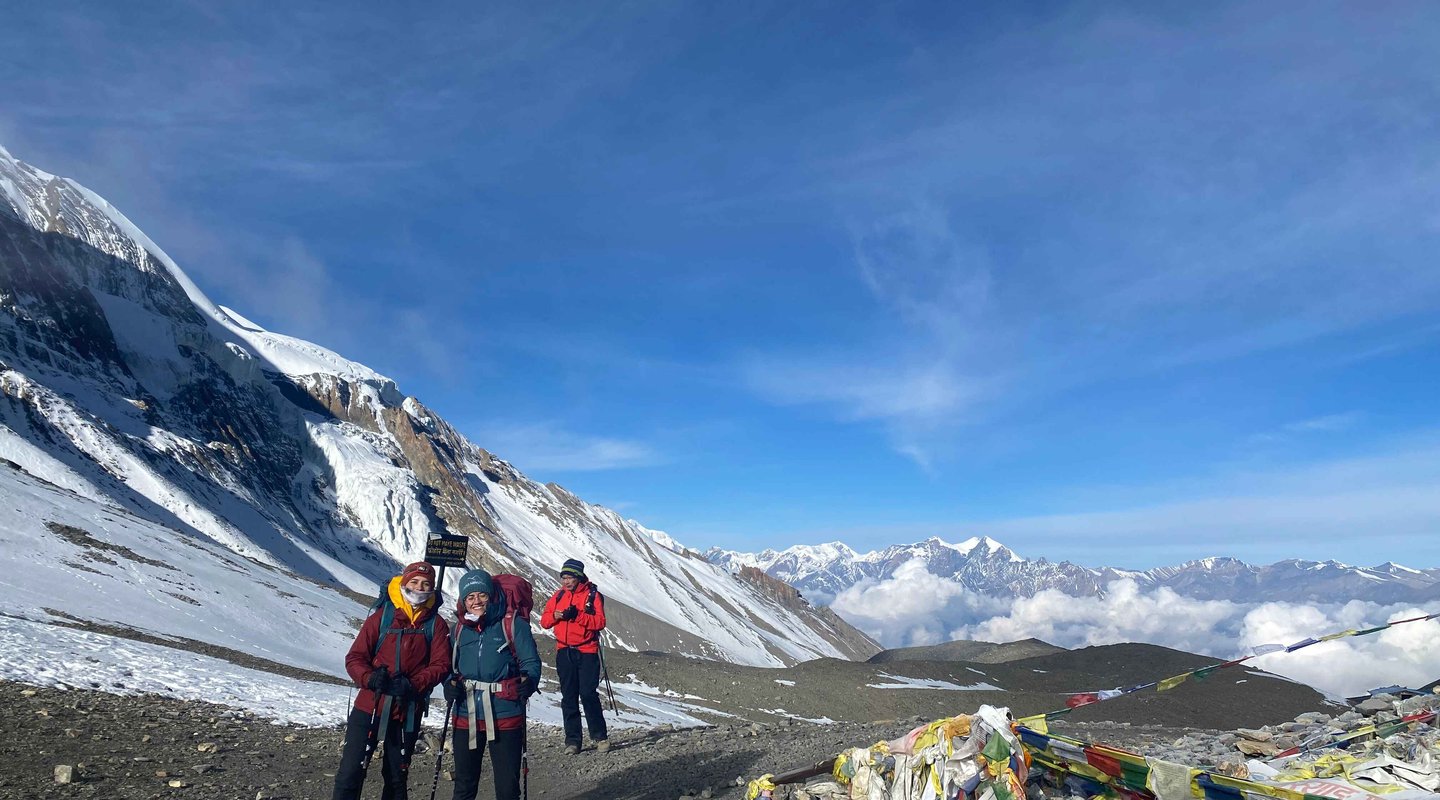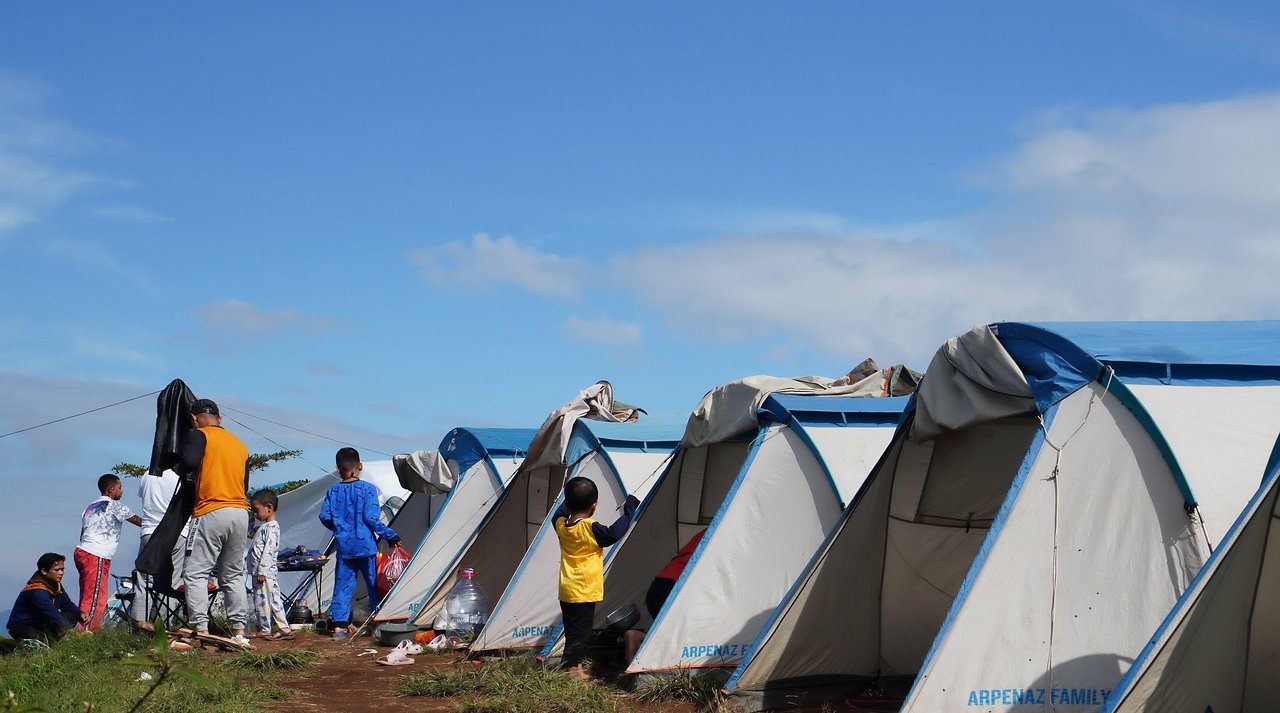
Unforgettable Things to Do in Nepal's Annapurna Region!
"One of the very few roads that are essential to a good life is a dirt road." That's a wonderful quote by John Muir that sums up just the sense of adventure that draws thousands to Nepal's Annapurna region. And speaking of numbers, did you know that the Annapurna Conservation Area Project (ACAP) covers a whopping 7,629 square kilometers of terrain and is Nepal's largest protected area in fact! There's just so much to experience in this vast landscape beyond the well-known trekking routes. I've been lucky enough to trek through these breathtaking landscapes, and let me tell you, the magic here is real. So if you're dreaming of a Himalayan holiday, buckle up to get inspired! Ditch the bland tourist bucket lists; we're venturing off the beaten track into the very heart of the Annapurna, unveiling the truly unforgettable experiences you can have in this breathtaking corner of the world!
Why, the Annapurna region is hiking and for good reason! Panoramic vistas of snow-capped giants are not short of spectacular. But the charm of the region lies in its versatility. Whether a battle-weary mountaineer seeking a serious ascent or a casual walker wanting to imbibe the mountain air, there's a trail with your name on it.
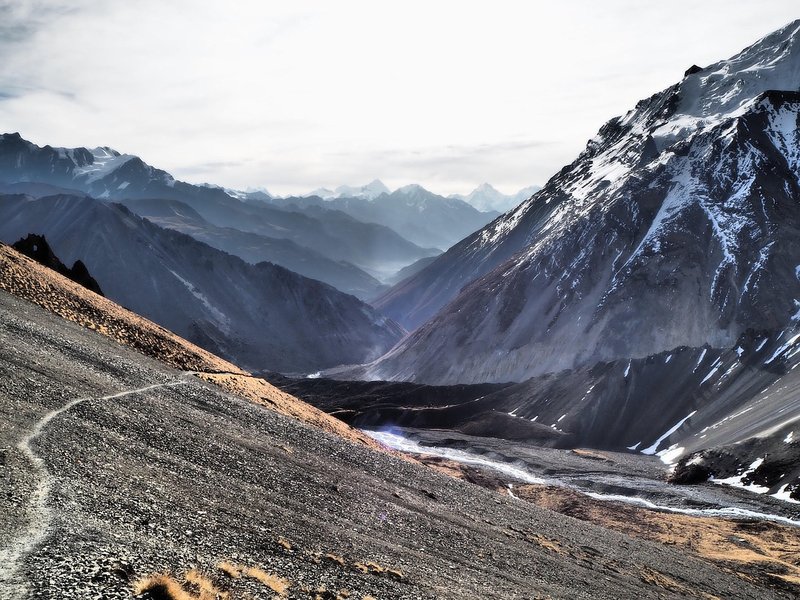
This is the oldest soldier of them all, a real treasure that will give you a breathtaking circumnavigation of the entire Annapurna Massif. Just imagine trekking through rich subtropical rainforests teeming with wildlife, ascending to alpine pastures carpeted with flowers, and then facing high-altitude passes such as the fearsome Thorong La at a daunting 5,416 meters! It is not just a trek but a nature and cultural immersion tour that lasts up to several days and allows you to personally witness the beautiful diversity of Nepal". Discover the full itinerary and booking options for the iconic Annapurna Circuit Trek with Himalayan Hero."
Picture this: being in a natural amphitheater surrounded by enormous peaks like Annapurna South, Annapurna I, Hiunchuli, and the sacred Machhapuchhre (Fishtail). The Annapurna Base Camp trek is strenuous but immensely rewarding, with unparalleled up-close views of these giant peaks. The trek involves traversing scenic Gurung villages, rhododendron woods that erupt in color during spring, and high-altitude vistas that will take your breath away. And guess what? You can actually take a quicker, shorter ride to ABC if you are in a hurry! "Explore Himalayan Hero's range of Annapurna Base Camp trekking packages, from classic routes to shorter options."
Short on time but desperate to behold those familiar Himalayan landscapes? The Poon Hill-Ghorepani trek is your answer! This moderately easy hike culminates in an early morning ascent to Poon Hill (3,210m), where you get to behold a painting of golden sunrise hues on the snow-topped peaks of the Annapurna and Dhaulagiri ranges. Trust me, the pre-sunrise ascent is well worth it for this breathtaking panorama. "Find out more about the popular Poon Hill sunrise trek and how Himalayan Hero can guide your adventure."
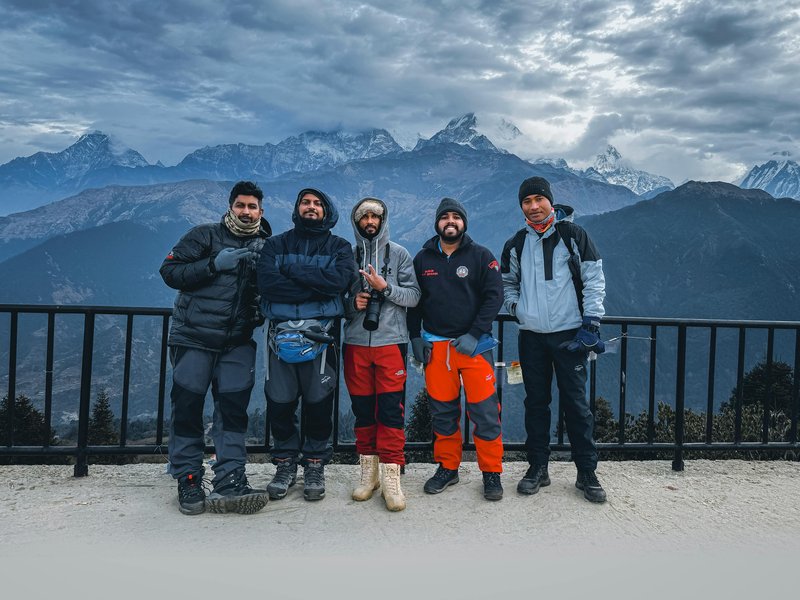
If what you're after is a somewhat less crowded trek with a sense of serene wilderness, the Mardi Himal trek is perfect for you. Recently opened to trekkers in 2011, this off-the-beaten-path gem provides stunning views of Machhapuchhre, Annapurna I, and Mardi Himal itself without the throngs of the more well-known trails. It's a wonderful option for those who want a more off-the-beaten-path Himalayan trek. Read firsthand accounts and detailed information about the less-traveled Mardi Himal trek on Much Better Adventures."
For the truly adventurous who wish to see something unique in terms of nature and culture, the trek to the twin hidden villages of Nar and Phu is a sheer necessity. This unexplored and inaccessible route, which can involve crossing high passes and trekking on difficult terrain, offers a glimpse of ancient Tibetan civilization unspoiled by cynicism due to the inaccessibility of this valley. You'll experience an ancient nomadic yak-herding way of life surrounded by stunning high-altitude vistas—a one-of-a-kind experience unlike any other. "Explore the detailed itinerary and cultural insights of the unique Nar Phu Valley trek."
The Annapurna region is so much more than just towering mountains; it's a vibrant tapestry of diverse ethnic groups, each with their unique customs, traditions, and languages. Take the time to connect with the local people, and you'll discover a whole new dimension to your Annapurna adventure.
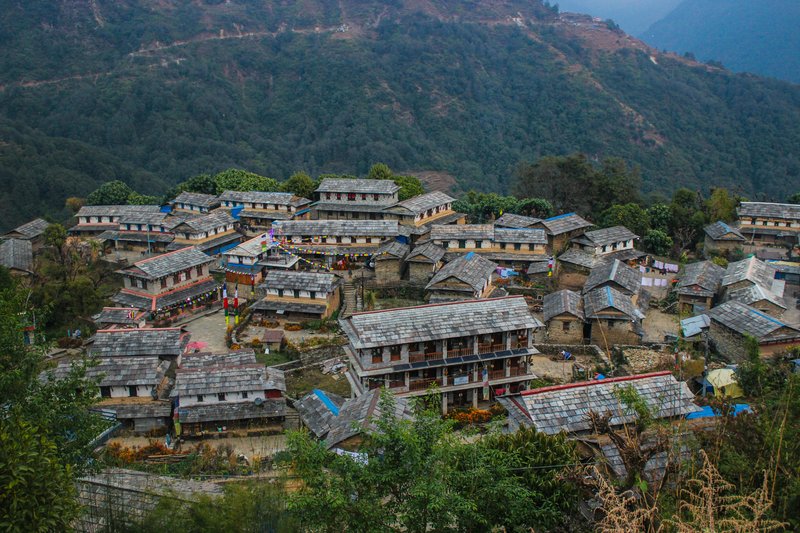
This quaint village, at the foot of the Annapurna chain of mountains, is a Gurung stronghold with its friendly locals and rich culture. Walk its cobblestone streets, check out the Gurung Museum to learn more about their intriguing traditions, dress, and way of life, and, if fortunate enough, catch a fascinating traditional Gurung dance! It's a great chance to witness the true rural Nepal at work.
The further up you climb into the Annapurna range, or for that matter, once you reach and surpass the Manang district, the more Tibetan Buddhist culture surrounds you. The structure of the monasteries' buildings, rainbow-colored prayer wheels turning in the wind, and the very devout religious belief of the people emit a peaceful and meditative vibe. Don't miss the ancient Braga Gompa, one of the oldest and most significant monasteries in the area, with breathtaking views and a window into centuries of Buddhist tradition. “Learn more about thecultural significance of villages like Manang along the Annapurna Circuit on."
This holy pilgrimage site, located at a great altitude, is very significant to Buddhists and Hindus alike. It is considered by Hindus to be one of the most sacred places on the planet, as they believe that a visit to the 108 natural springs there can cleanse them of sin. The temple is also considered sacred by Buddhists, who believe it to be a site of liberation. The temple itself, being a strange blend of Hindu and Buddhist design and having an awe-inspiring mountain backdrop, is a genuine gem to see.
The Thakali residents of the Kali Gandaki valley are renowned as entrepreneurs and, most importantly for hungry trekkers, for their incredibly delicious food! Make sure to try the famous Thakali Thali, a delicious course meal made up of local fruits and vegetables and special dishes. Their hospitality is also something you will never forget. "Explore the culinary delights and cultural richness of the Thakali people in the Annapurna region."
If your visit to the Annapurna region coincides with a local festival, you're in for a cultural treat! Festivals like Tihar (festival of light), Lhosar (several New Year festivals), and Yartung (a horse racing festival in Mustang) are vibrant expressions of local traditions, music, and dance. Participating in or even watching these vibrant celebrations is a profound entrance into the heart and soul of the Annapurna people. "Discover the vibrant cultural festivals you might encounter during the Annapurna Base Camp trek with."
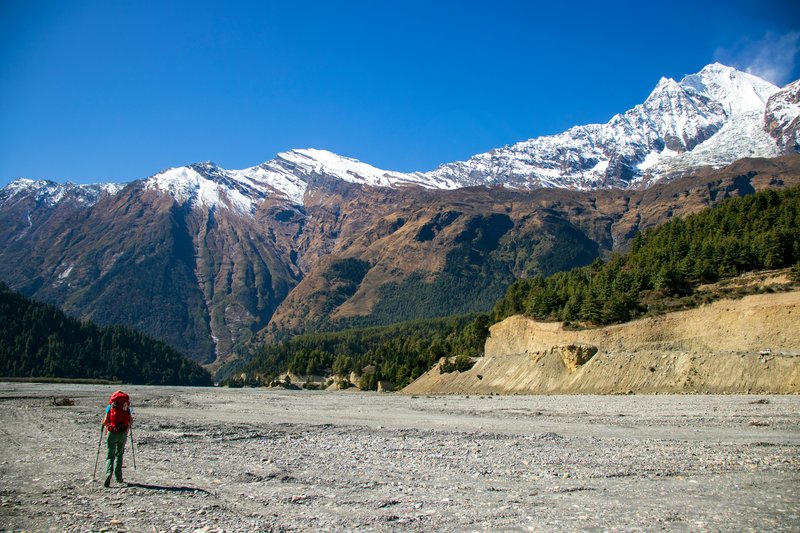
Beyond the towering, snow-draped peaks, the Annapurna region is a sanctuary of diverse natural beauty, from glacial lakes to deep gorges and everything in between.
After weeks of invigorating but grueling trekking, nothing feels better than soaking in the warm, comforting temperature of hot springs at Tatopani. Even the village itself is called "Tatopani," literally meaning "hot water," and is famous for its mineral springs. This is the best time to relax your fatigued muscles and rejuvenate yourself in the midst of awesome natural beauty". Recharge your body and mind in the natural hot springs of Tatopani on the Himalayan Hero's Annapurna Circuit trek."
After weeks of thrilling but exhausting trekking, nothing can be more refreshing than a dip in the warm, comforting heat of hot springs at Tatopani. As a matter of fact, even the village itself is called "Tatopani," literally meaning "hot water," and is famous for its mineral springs. This is a perfect time to relax your fatigued muscles and rejuvenate yourself in the midst of stunning natural beauty. "Discover the breathtaking scenery of the Gangapurna Glacier Lake, a hidden marvel in the Annapurna region, on Sublime Trails."
With its distinctive twin peaks resembling a fishtail, Machapuchhre is arguably the most recognizable mountain in the Annapurna range. Revered as sacred and never officially climbed, its majestic presence dominates the skyline, a constant reminder of the raw power and beauty of the Himalayas.
As you trek through the Annapurna landscape, you can see the spectacular Kali Gandaki Gorge, which is commonly referred to as one of the world's deepest gorges. The grandeur of the towering cliffs and the storming Kali Gandaki River running through them is a breathtaking sight. "Learn more about the dramatic landscapes of the Kali Gandaki Gorge in the Annapurna region."
The ACAP isn't just about mountains; it's a haven for a remarkable variety of flora and fauna. Keep your eyes peeled for playful langur monkeys swinging through the trees, the elusive Himalayan tahr gracefully navigating the rocky slopes, and a dazzling array of colorful bird species. In spring, the rhododendron forests transform into a vibrant spectacle of red, pink, and white blossoms—a truly unforgettable sight! “Discover the diverse wildlife and stunning landscapes within the Annapurna Conservation Area with Nepal Hiking Team."
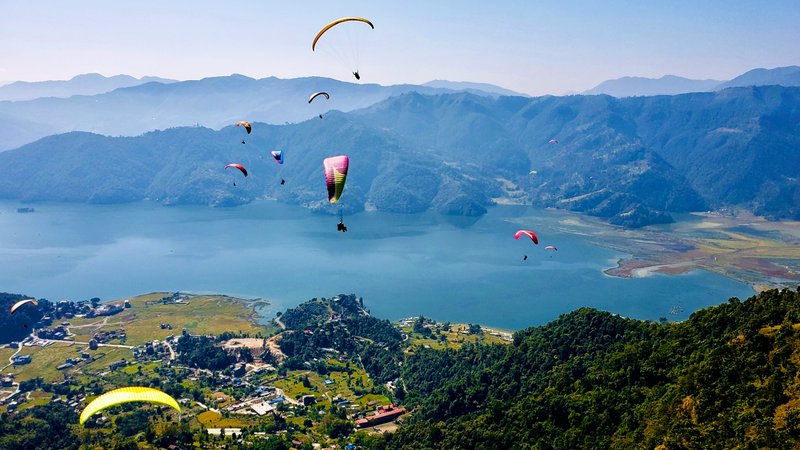
While trekking offers its own kind of adventure, the Annapurna region and its surroundings also cater to those seeking an extra dose of adrenaline.
Just a stone's throw away from the main trekking trails lies the adventure hub of Pokhara. And one of the most exhilarating experiences you can have here is paragliding over the serene Phewa Lake, with the breathtaking panorama of the Annapurna range as your backdrop. Imagine soaring through the air like a bird, taking in those incredible views from a completely different perspective!
For a different way to experience the Annapurna region's beauty, consider hopping on a mountain bike. Several operators offer guided biking tours that allow you to explore some of the lower trails and charming villages at your own pace. It's a fantastic way to combine physical activity with sightseeing.
For a truly unforgettable and luxurious experience, consider taking a helicopter tour over the Annapurna range. This offers breathtaking aerial views of the towering peaks, glacial valleys, and remote landscapes in a fraction of the time it would take to trek. It's also a fantastic option for those with limited time or mobility.
Choosing the right time to visit the Annapurna region can significantly impact your experience. Generally, the best times to trek and explore are during the spring (March to May) and autumn (September to November) seasons. These periods offer stable weather conditions, clear skies for those magnificent mountain views, and moderate temperatures that make trekking more enjoyable. However, each season has its own unique charm, and trekking is possible year-round with proper preparation. Just be sure to pack accordingly for the specific time of year you choose to visit!
The Annapurna region of Nepal is a destination that truly captivates the soul. It's a place where majestic mountain scenery meets rich cultural heritage, where thrilling adventure activities blend seamlessly with serene natural wonders. Whether you're an avid trekker seeking a challenging ascent, a culture enthusiast eager to connect with local communities, or simply someone yearning for breathtaking beauty, the Annapurna region has something extraordinary to offer. So, take that first step, start planning your adventure, and prepare to create memories that will last a lifetime!
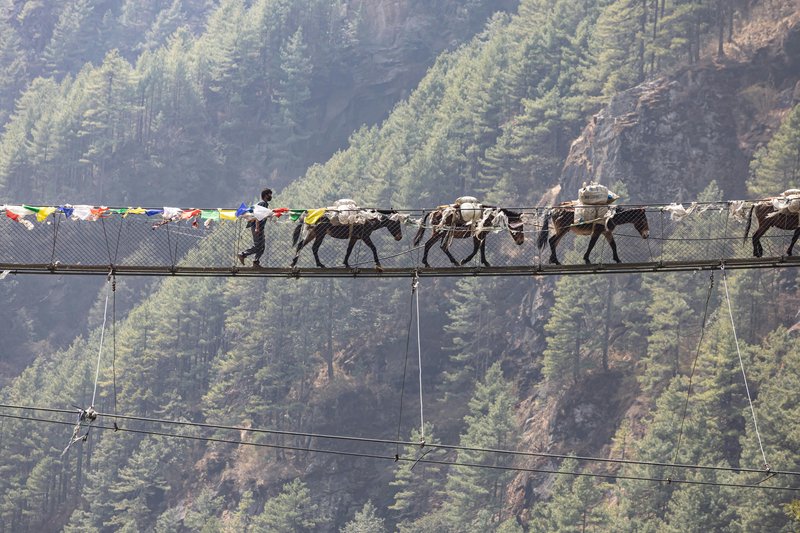
The best times for trekking in the Annapurna region are generally during spring (March to May) and autumn (September to November). These seasons offer the most favorable weather conditions with clear skies and moderate temperatures.
Trekking difficulty varies depending on the specific trek you choose. Options range from easy day hikes around Pokhara to challenging high-altitude treks like the Annapurna Circuit or Annapurna Base Camp. It's essential to research the specific trek's difficulty level and ensure you have the appropriate fitness and preparation.
Yes, most nationalities require a visa to enter Nepal. You can typically obtain a tourist visa upon arrival at Tribhuvan International Airport in Kathmandu or apply for one in advance through the Nepalese embassy or consulate in your country.
Two main permits are required for most treks in the Annapurna region: the Annapurna Conservation Area Permit (ACAP) and the Trekkers Information Management System (TIMS) card. These permits can usually be obtained in Kathmandu or Pokhara.
The highest point on the Annapurna Circuit trek is the Thorong La Pass, which sits at an elevation of 5,416 meters (17,769 feet).
Yes, altitude sickness can be a concern, especially on treks that reach higher elevations. It's crucial to acclimatize properly by ascending gradually and taking rest days. Staying hydrated and avoiding alcohol and strenuous activity at high altitudes can also help prevent altitude sickness.
During most popular treks, you'll find teahouses (also known as guesthouses or lodges) that offer basic accommodation, meals, and sometimes other amenities like Wi-Fi and hot showers.
Essential items to pack include sturdy hiking boots, layers of warm clothing, a waterproof and windproof jacket, trekking poles, a first-aid kit, a water bottle or hydration pack, sunscreen, a hat, sunglasses, and any personal medications. A detailed packing list is usually provided by your trekking operator.
While it's possible to trek independently in some areas, hiring a licensed guide and porter is highly recommended, especially for longer and higher-altitude treks. They provide valuable assistance with navigation, local knowledge, and carrying your luggage, enhancing your safety and overall experience.
Besides the popular Annapurna Circuit and ABC treks, other notable options include the Poon Hill trek, Mardi Himal trek, Nar-Phu Valley trek, and treks to Tilicho Lake and the Upper Mustang region.
